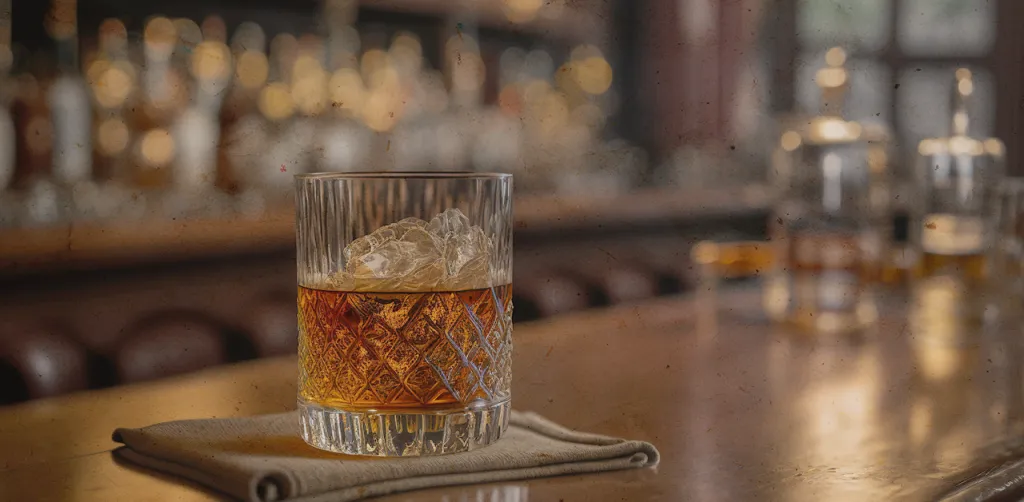
Single Malt vs. Blended Whisky Investments
Whisky, specifically its two most popular forms – single malt and blended whiskies – has become an increasingly popular alternative investment opportunity in recent years. The industry’s market value is expected to grow at a compound annual growth rate (CAGR) of 6.4% from 2021 to 2028. The global whisky market was valued at $58.6 billion in 2020 and is projected to reach $90.6 billion by 2028. Given the growth potential of the whisky industry, it is worth considering the long-term investment prospects of single malt and blended whiskies and their respective roles in a diversified portfolio.

Single Malt:
Single Malt:Single malt whisky is made from 100% malted barley, distilled in copper pot stills, and matured in oak casks for at least three years. It is produced by a single distillery, making it unique and often more expensive than blended whiskies. In contrast, blended whisky is made from a mix of malt and grain whiskies from multiple distilleries, making it more affordable and widely available. The choice between single malt and blended whisky investments can significantly impact the performance and risk profile of your investment portfolio.
Single malt whiskies are often considered a luxury investment, strongly emphasising quality and rarity. They are produced in smaller quantities, with a limited range of flavours and vintages, which can make them more valuable over time. As a result, the value of single malt whisky can appreciate significantly over the long term. For example, the Macallan Fine & Rare 60-Year-Old 1926 Scotch Whisky, produced in a limited run of only 40 bottles, sold for $1.2 million at auction in 2019. This is a clear example of how rarity and quality can contribute to the long-term investment value of single-malt whiskies.

Blended Whisky:
On the other hand, blended whisky is a more affordable investment option that can still generate returns over the long term. The value of blended whiskies is less dependent on rarity and more on the consistency of the blend’s quality and reputation. Some of the most famous blended whisky brands, such as Johnnie Walker, Chivas Regal, and Ballantine’s, have a reputation for being consistently high-quality, making them a more stable investment choice.
One of the key benefits of investing in whisky is its low correlation with traditional asset classes such as stocks, bonds, and real estate. This means that whisky investments can provide a level of diversification that can help reduce the overall risk of your investment portfolio.
Another benefit of investing in whisky is its physical nature, making it a tangible asset you can hold and enjoy. Unlike other investments such as stocks or bonds, whisky is a product you can drink or collect, adding enjoyment to your investment portfolio. Furthermore, the collectable nature of whisky can also provide a social aspect, allowing you to connect with other whisky enthusiasts and participate in the wider whisky community.
When considering investing in whisky, it is essential to consider the potential risks involved. One of the main risks is the volatility of the market, which can lead to fluctuations in the value of your investment. Additionally, the limited supply of rare and sought-after whiskies can create a bubble effect, where prices can quickly escalate beyond reasonable values. This can lead to a market correction and a potential loss of investment value.
In conclusion, single malt and blended whiskies can be viable investment options that provide long-term returns and diversification benefits to your investment portfolio. Single malt whiskies, with their emphasis on quality and rarity, can generate significant value appreciation over time, whereas blended whiskies can.
If you are interested in making whisky part of your investment portfolio, please do not hesitate to get in contact with us and one of our portfolio managers will help advise you accordingly.
